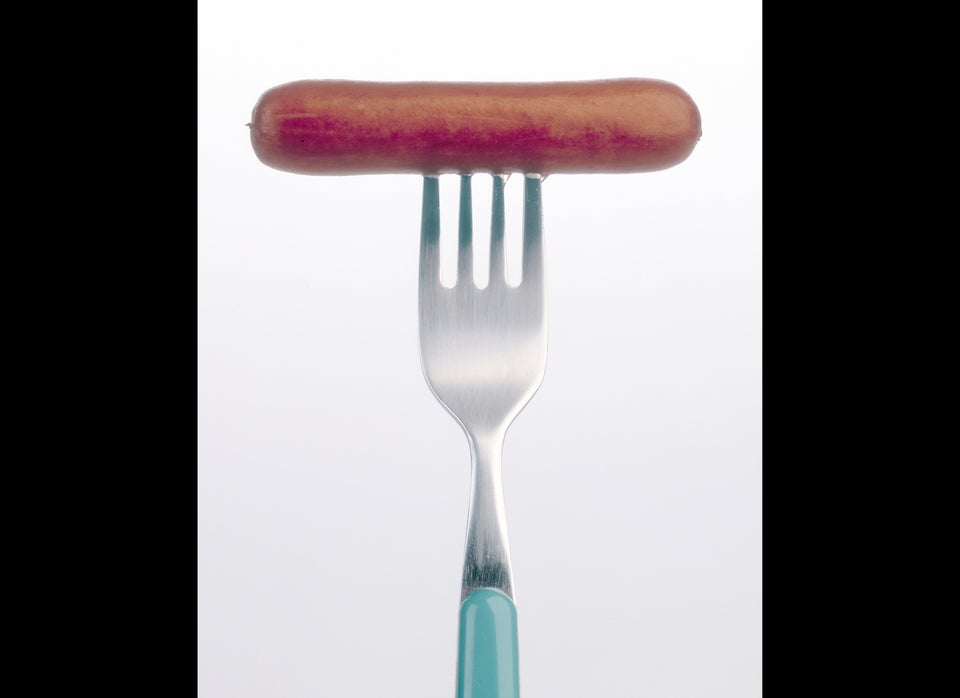
By Roxanne Khamsi(Click here for the original article)
New York Mayor Michael Bloomberg’s campaign to limit sugary drinks is losing juice, but an idea the city has used to convey caloric information about these beverages might actually have legs. Public awareness posters used by the campaign showed the number of miles a person would have to walk to burn off the calories in a 20-ounce soda, and new research suggests that physical activity–based conversions such as these can actually persuade people to make healthier choices.
Choosing what to eat or drink based on calorie numbers alone is challenging for some restaurant-goers, according to Anthony Viera at the University of North Carolina (U.N.C.) at Chapel Hill School of Medicine. “It requires a computation that many people might not find easy to make at the point of decision,” he says. So Viera and his colleagues conducted an online survey of 802 individuals randomly presented with one of four hypothetical menus. One of the menus provided only calorie counts, another supplemented this with information about the number of minutes one would need to walk to burn those calories whereas the third menu showed calorie numbers plus the distance necessary to walk them off. The fourth menu had no nutritional data whatsoever. All of the physical activity labeling for walking was based on the energy expenditure of a 160-pound adult walking at a rate of 30 minutes per mile—so a “regular burger” was, for example, listed as containing 250 calories, the equivalent amount burned in 2.6 miles, or 78 minutes of walking.
People who viewed the menu without nutritional information ordered a meal totaling 1,020 calories, on average, significantly more than the average 826 calories ordered by those who viewed menus that included information about walking-distance. Study participants ordered meals adding up to averages of 927 calories and 916 calories from menus with only calorie information or calorie information plus minutes walking, respectively, although the differences between these two totals were not statistically significant. The findings appear in the March issue of the journal Appetite. “The next stage is to see how this might work in a real-world setting,” says Sunaina Dowray, a medical student at the U.N.C. School of Medicine and lead author of the study. She says that the team might try to work with the school’s cafeteria about the possibility of testing the concept their labels there.
Although a difference of 200 or even 100 calories might not seem large, a 2011 study from researchers that included scientists at the National Institutes of Health calculated that eating just 10 fewer calories a day would make a person shed a pound of weight over three years.
Running with the idea
The notion of physical activity–based calorie labeling has stirred interest. “This is a huge window of opportunity for the public health community to provide consumers useful information about calories,” says Sara Bleich of Johns Hopkins Bloomberg School of Public Health, who was not involved in the new study. “Information-based interventions that require less mental processing are typically more successful than information-based interventions requiring greater computation effort,” she adds. Bleich co-authored a 2012 study published in the American Journal of Public Health that looked at sugary drink sales at four corner stores in a low-income Baltimore neighborhood in which the scientists placed brightly-colored signs on the beverage cases asking, “Did you know that working off a bottle of soda or fruit juice takes about 50 minutes of running?” The signs that included this physical activity estimate reduced the odds of adolescents purchasing sugar-sweetened beverages whereas signs that included only the calorie content produced no statistically significant decline in such odds.
Subway riders in the Big Apple saw exactly this calorie–physical activity equivalence approach rolled out in fall 2011, when posters warned them that they would need to walk three miles—from Union Square in Manhattan to Brooklyn—to burn off the calories in a 20-ounce soda. “We found that this information was new for many people and helped people better understand the number of calories in a sugary beverage,” says Susan Kansagra, assistant commissioner of the city’s Bureau of Chronic Disease Prevention and Tobacco Control.
New York is, of course, the same city that instituted a requirement in 2008 that required restaurant chains with more than five locations to list calorie content on their menus. Although some studies have found an appreciable reduction in calorie consumption following this rule, a handful have not seen a difference. Meanwhile public health advocates are waiting for the U.S. Food and Drug Administration to publish a final version of a rule proposed in April 2011 that would require restaurants with more than 20 locations nationwide to list caloric information on their menus. The agency has estimated that approximately 1,640 chains with a total of 278,600 establishments across the country would fall under this rule.
Margo Wootan, director of nutrition policy at the Washington, D.C.–based Center for Science in the Public Interest, is optimistic that calorie counts on their own will make a big difference in the fight against the obesity epidemic in the U.S. “We don’t know what the full impact of menu labeling is, and we won’t know until it’s been in effect nationally for several years,” Wootan says. She’s less sanguine about adding physical activity labels: “It’s a clever idea, but for most restaurants’ menus it probably wouldn’t be practical.” The addition of such information means that menus “could really get cluttered and hard to read.”
In the meantime those curious about physical activity equivalents of the food they eat can chew on this: the recent publication Convert Anything to Calories reportedly states that you can burn off the calories in one Big Mac with 350,000 clicks of a computer mouse.
